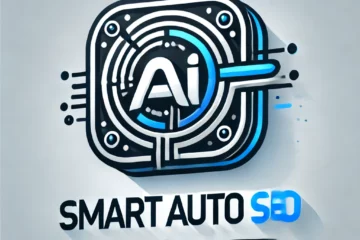To create a comprehensive and SEO-optimized article as you’ve outlined, it’s necessary first to identify the specific “keyword” you’re focusing on. Once you specify the keyword, I can guide you through the process and content creation strategies tailored specifically for it. Here’s a general framework based on your requirements:
—
### Introduction
Begin with an engaging introduction that briefly introduces the keyword, capturing readers’ attention and setting clear expectations for what they will learn or discover throughout the article.
### Main Content Structure
#### H2: Understanding [Keyword]
– **Explanation & Background**: Provide a detailed explanation of the keyword. Include historical context, its significance, and current relevance within the industry or niche.
– **Keyword Importance**: Discuss why this keyword is critical for businesses, consumers, or specific domains.
#### H2: The Benefits of [Keyword]
– **H3: Advantage 1**: Dive deep into the first significant benefit, providing examples and illustrations.
– **H3: Advantage 2**: Further elaborate on other advantages, using case studies or statistical data to back up claims.
#### H2: Challenges and Solutions in [Keyword]
– **H3: Common Challenges**: Outline the obstacles associated with the keyword, referencing industry limitations or common misconceptions.
– **H3: Effective Solutions**: Offer practical solutions or strategies to overcome these challenges.
#### H2: Implementing [Keyword] in Real-World Scenarios
– **H3: Case Study 1**: Share a detailed real-world example of how the keyword was successfully implemented.
– **H3: Case Study 2**: Provide an additional scenario or application to illustrate versatility.
#### H2: Expert Insights on [Keyword]
– **Industry Expert Quotes**: Include quotes or insights from recognized experts in the field, adding credibility and authority to your content.
### Multimedia Integration
– **High-quality Featured Image**: Insert a relevant high-quality image with optimized alt text including the keyword.
– **Embedded Video**: If applicable, include a video to enhance engagement, ideally one that discusses the keyword thoroughly.
### FAQ Section
#### H2: Frequently Asked Questions about [Keyword]
– **H3: What is [Keyword] and why is it important?**
– Detailed explanation to address common queries, utilizing conversational tone.
– **H3: How can businesses benefit from [Keyword]?**
– Provide insightful answers based on industry trends and forecasts.
– **H3: What are the latest trends in [Keyword]?**
– Discuss emerging patterns and innovative practices associated with the keyword.
### Conclusion
Summarize key points, emphasizing the importance and future potential of the keyword. Mention any actionable insights that readers can implement.
### SEO and Quality Assurance
– **Internal and External Links**: Link internally to relevant articles on your site and externally to authoritative websites (e.g., Wikipedia, Moz) for credibility.
– **Readability and Engagement**: Ensure the content is accessible and reader-friendly by maintaining a conversational tone and organizing information into clear sections.
### E-E-A-T Optimization
– **Author Credibility**: If applicable, add author credentials or a brief biography to establish expertise.
– **Data-Driven Insights**: Support assertions with data from trusted sources to reinforce trust.
### CPC Optimization
– **High CPC Keywords**: Naturally integrate these within your content without disrupting flow.
– **Call-to-Action**: Bold and strategically place CTAs to encourage higher user interaction and potential ad revenue.
By adhering to this structured approach, you will create content that is not only richly detailed and comprehensive but also aligns with the latest SEO and user engagement standards. If you provide the specific keyword, I can offer more tailored advice or content related to it.

0개의 댓글